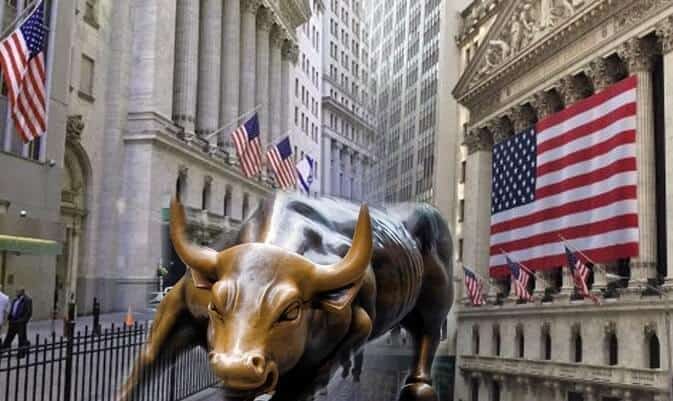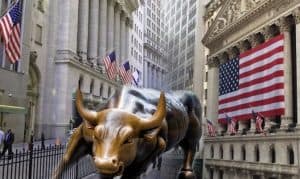Join Our Telegram channel to stay up to date on breaking news coverage
One of the hallmarks of the traditional financial industry is its susceptibility to government interference. The world economy is built on the financial industry, as it drives other sectors of a country’s economy, and for centuries, world governments have tried to keep this budding, pivotal industry under control to keep the others running as well.
On paper, it seems like a logical move; capitalism tends to stray too far from the principle of rationality, and there needs to be a hand to guide it. However, in a world where the intersection between the government machine and the capitalist economy becomes too interwoven, chaos could happen.
Interest Rate Cuts Send Companies Into a Frenzy
Yesterday, CNBC reported that companies across the United States engaged in the second-highest weekly bond issuance ever, selling up to $69 billion in high-grade bonds. As the news source explained, the selloff was second only to the $76.2 billion in bonds sold back in September 2019, shortly before the Federal Reserve cut interest rates for the second time in a calendar year. Just like that one, this selloff was also inspired by a reduction in interest rates.
The Fed's benchmark interest rate has moved closer to the lower bound of its target range, increasing the prospect that the bank will adjust one of its tools https://t.co/yWF0Hz1Sqo
— Bloomberg Asia (@BloombergAsia) January 13, 2020
Interference by the Federal Reserve- especially when it comes to manipulating the interest rate- has always been one of the many points of criticism that the American financial system has. Although the goal of this is to drive growth in the economy and improve the level of market activity, one of its many drawbacks is that it could easily lead to inflation. If anything, this debt issuance proves just that.
The selloff is already spooking investors everywhere, especially as top market indicators are beginning to wobble. Last Friday, stocks fell dramatically, and the Dow Jones Industrial Average, which broke above the 29,000 thresholds for the first time, lost all of its gains after the Bureau of Labor Statistics posted disappointing job growth numbers for December 2019.
Weary Investors Can Get in On Bitcoin Now
With this volatility, analysts on Wall Street are now recommending that investors turn their minds to portfolios that provide stability in dividend payments and to curb their risk appetite. This is where Bitcoin makes a difference.
The top cryptocurrency was voted the best-performing investment asset of the decade, but could very much have its biggest year in 2020. The asset is currently holding steady above $8,000, and its price is already up 13 percent since the year began. With a halving coming up in May, its price is expected to see a massive surge as well.
Weary investors will also be glad to know that the appetite for Bitcoin futures is currently on the rise. Several derivatives companies have posted strong performances since the year began, and open interest is at an all-time high.
Join Our Telegram channel to stay up to date on breaking news coverage


